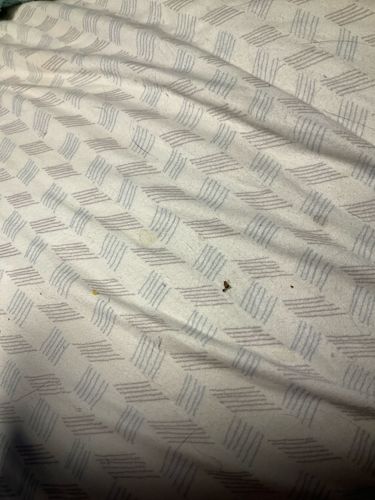Bed Bug
Scientific Name: Cimex lectularius
Order & Family: Hemiptera (Order), Cimicidae (Family)
Size: Adults are typically 4-5 mm (0.16-0.20 inches) long, similar to an apple seed. Nymphs are smaller and translucent.

Natural Habitat
Primarily found indoors in human dwellings, particularly in bedrooms. They infest mattresses, box springs, bed frames, headboards, nightstands, and often spread to other furniture, walls, and electrical outlets. They can also be found in luggage, public transportation, and hotels.
Diet & Feeding
Strictly hematophagous, feeding exclusively on the blood of warm-blooded animals, primarily humans.
Behavior Patterns
Bed bugs are nocturnal, feeding on blood primarily at night while their hosts are asleep. They are attracted to carbon dioxide and body heat. They often hide in cracks and crevices during the day, such as mattress seams, bed frames, furniture, and wall cracks. Females lay several eggs per day, which hatch in about a week, and nymphs mature in about a month, molting multiple times. Bed bugs can survive for several months without feeding.
Risks & Benefits
Potential risks include itchy red welts (from bites), allergic reactions, secondary skin infections from scratching, and psychological distress (anxiety, insomnia). They are not known to transmit diseases to humans. There are no direct benefits to humans or the ecosystem, as they are considered pests.
Identified on: 8/18/2025